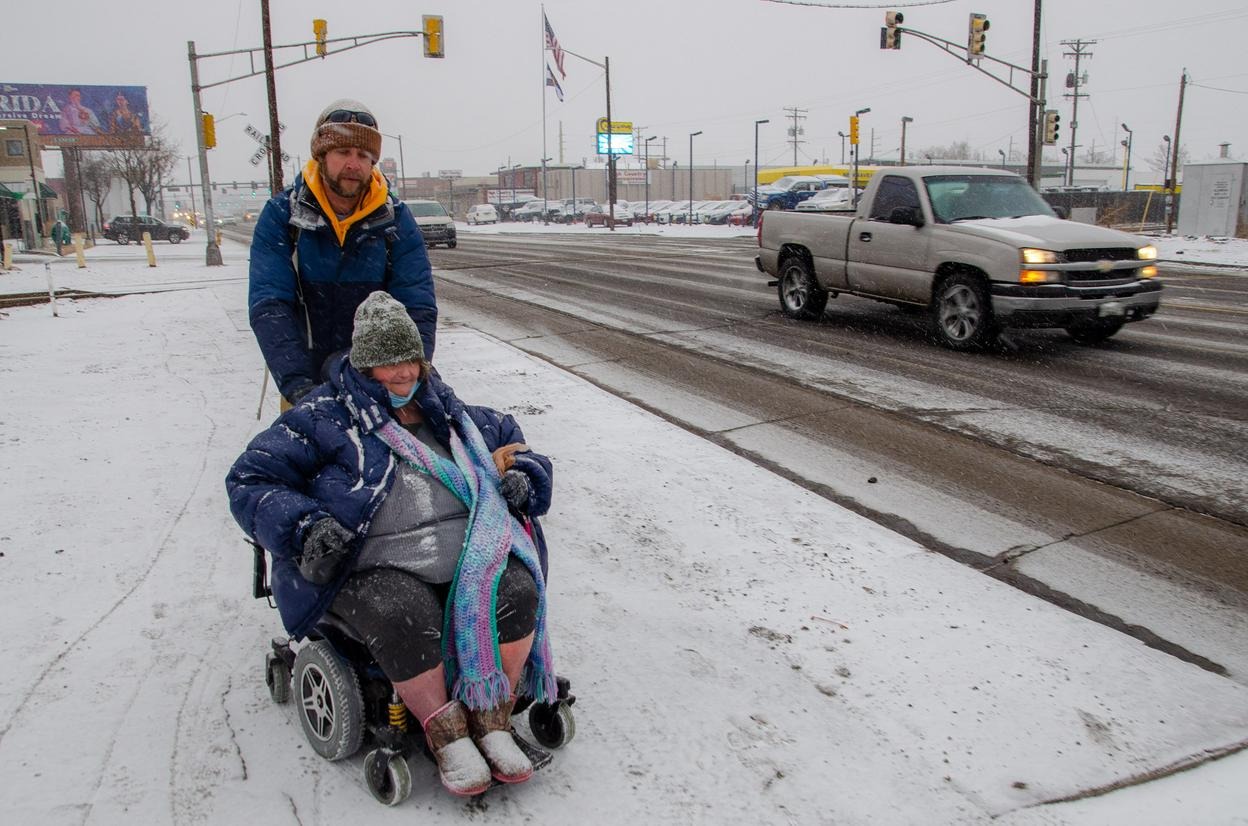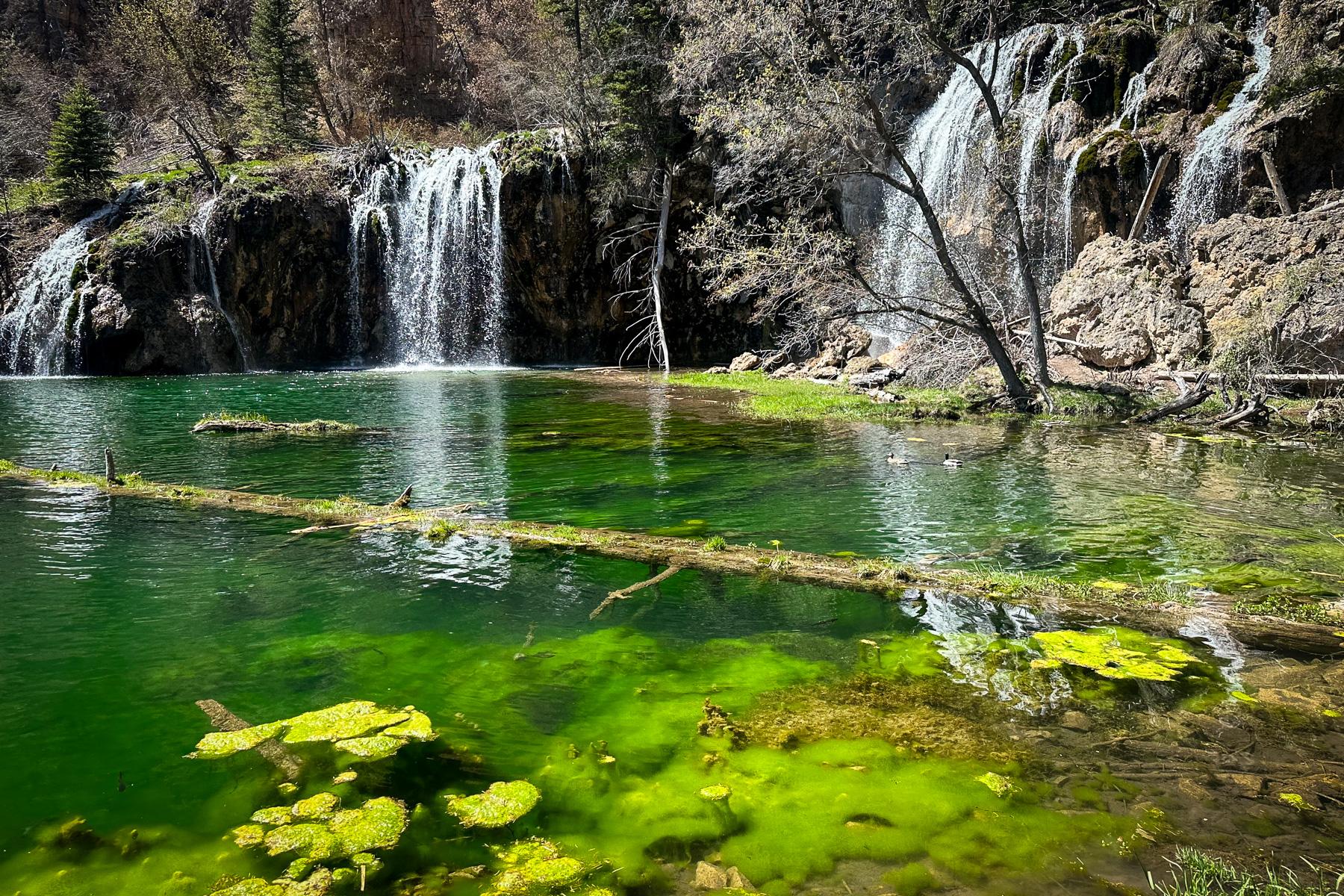
As tourist season heats up, you might be wondering if you can visit Hanging Lake, one of Colorado’s most iconic and popular natural wonders, which has frequently been closed in recent years.
The answer: Yes, you can.
But will it be more complicated than in years past?
Also yes.
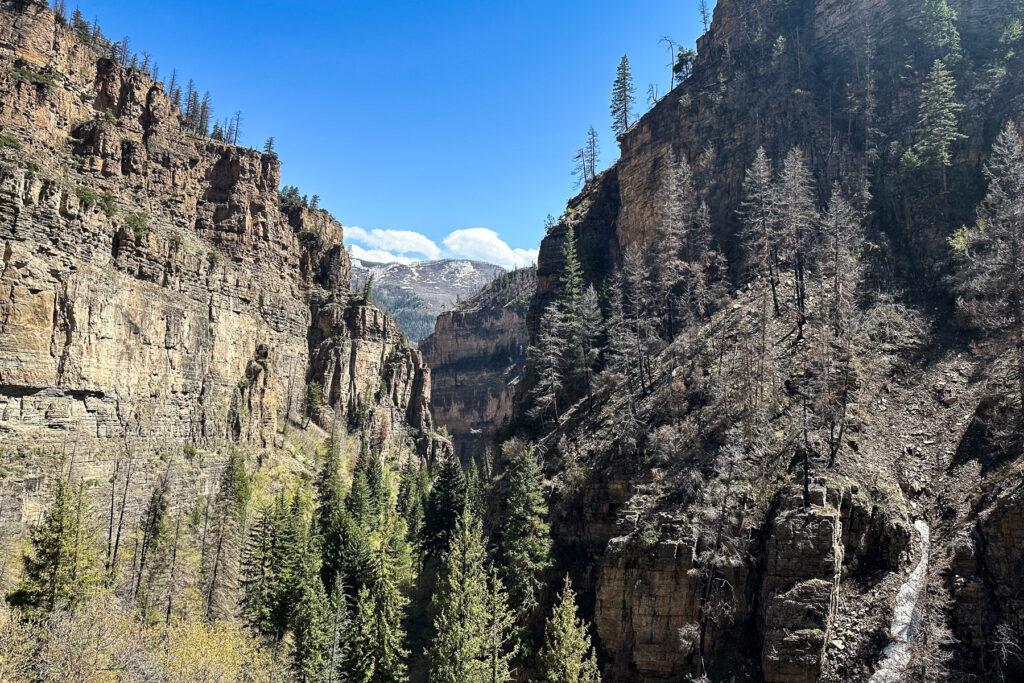
As the wildly popular and dizzyingly steep trail to the beloved blue-green alpine lake undergoes a major facelift, visitors can no longer snag hiking permits months in advance. Instead, permits for the coming weekend and some Fridays are available online starting every Tuesday at 8 a.m.
The trail near Glenwood Springs is currently closed to the public most of the week. There’s no estimate of when it will fully reopen. It’s expected to be closed some weekends too, but those dates have not been announced.
This is all part of a $4.5 million renovation program that follows a bruising series of events. In 2020, Hanging Lake survived the Grizzly Creek fire, but the lake’s boardwalk and the trail’s bridges were so damaged that the area closed for nearly a year. Then, in 2021, debris flows closed the trail for almost another year. Spring 2023 saw more debris flows and more closures.
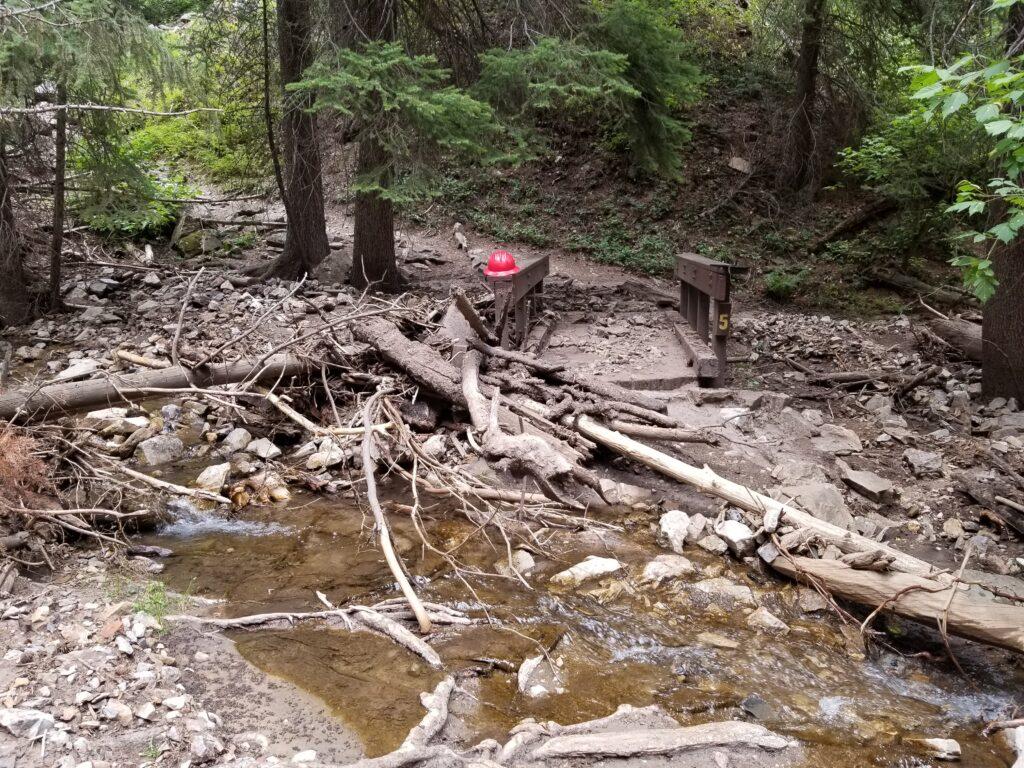
Add to the mix tens of thousands of annual visitors, despite a permit system to limit visitation that has been in place since 2019, and Hanging Lake Trail badly needs repairs. The list of fixes from a coalition of nonprofits and government agencies includes removing flood debris and shoring up rock walls to replacing all seven bridges with the help of helicopters. A new shaded plaza with seating and informational signs is planned to be built at the trailhead when the project is finished.
The full scope of the project was detailed at a media event on Thursday, where Marcus Selig with the National Forest Foundation offered a breakdown of the delicate repair work ahead.
“We're building a really complex trail through a burned landscape, and we're trying to make it last for a hundred years,” he said.
The Hanging Lake rehab is meant to create a future where people don’t have to worry if the trail will be washed out after each big rain storm and if their reservations far in the future will be canceled.
The project requires meticulous coordination and a partnership including Selig’s organization, the White River National Forest, Colorado Parks and Wildlife, and the city of Glenwood Springs. Another important partner, Great Outdoors Colorado, will provide nearly half of the funding, which partially comes from the state lottery.
Representatives from the groups hiked the trail Thursday, tackling the 1.2-mile route that resembles a jagged stone staircase. At times the stone slabs gave way to a dirt path, often covered in treacherous true roots, like gnarled chicken feet covering the ground. Though it's a short hike, it’s incredibly steep, gaining more than 1,000 feet in elevation.
Jackie Miller, executive director of Great Outdoors Colorado, was smiling as she walked but had to catch her breath before she could say anything.
Her heart pumping, she said she felt “great.” The creek whooshing beside her took her to a more “zen place,” she said, “and kind of the noise of the outside world starts to disappear and you just get to be immersed in nature.”
Kind of like the natural world’s sound machine.
“It's the best white noise. People pay money for this white noise,” Miller said, with a laugh.
As the trail continued up, it broke into switchbacks bathed in bright sun, but often it was covered by large pine trees, providing so much shade that a few patches of snow still lingered over the path. At one point, the trail became a rocky stream.
All the while, the mileage markers were farther apart than seemed plausible, with tauntingly small fractions: 1/4 mile, 1/2 mile.
Somewhere after the 3/4 mile marker, a railing appeared, a thin and welcome separation between hikers and a long drop-off. In the distance were mountain peaks covered in trees, some burnt and some spared. The trail started to get steeper, becoming more of a scramble than a hike, the last big push before the big reveal.
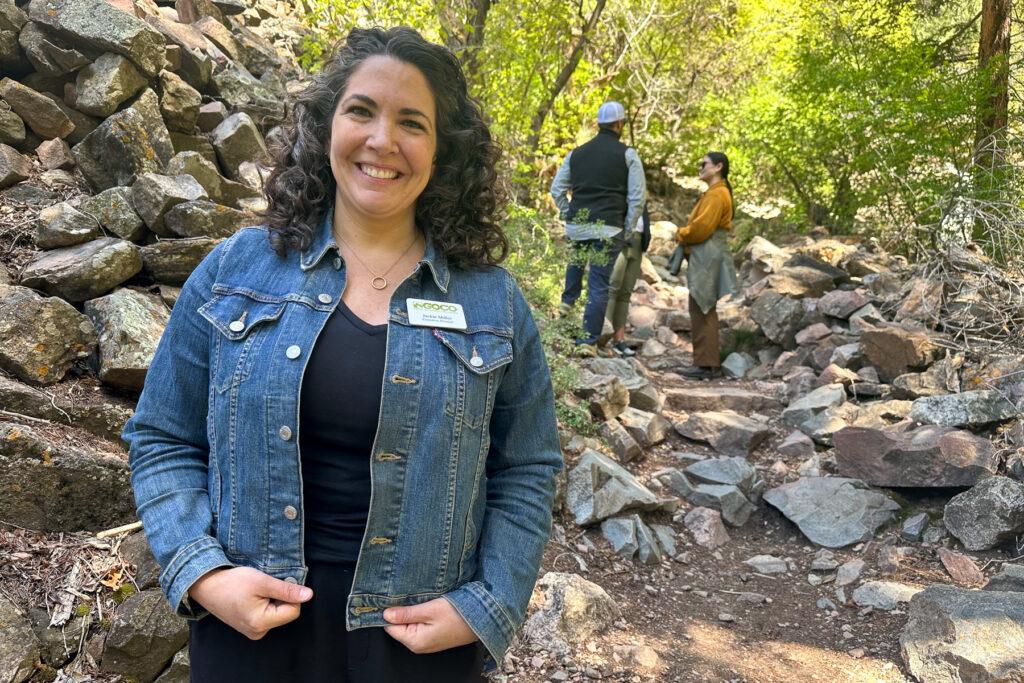
In recent years, before a permit system was put into place and eased visitation, people used to fight over parking spaces just for the privilege to climb over these huge boulders, the last hurdle before making it to the top — and to jewel-toned Hanging Lake.
That afternoon, a pair of ducks lounged in the turquoise water, bobbing near several waterfalls, each containing countless crystal streams. A powerful downward draft pushed misty air over the boardwalk and onto several hikers still chatting and clicking photos.
Kaitlyn Njoroge, with the National Forest Foundation, just moved to Colorado from New Jersey. A Hanging Lake first-timer, she said it was one of the hardest hikes she’s done in the state so far.
“But when we climbed up the last bit and you turn and see the entire lake, it blew my mind,” she said, smiling. “It was like, ‘yeah, OK. All of the sweat and tears are worth it.’”
After these upcoming renovations, that experience should be preserved for generations to come.







